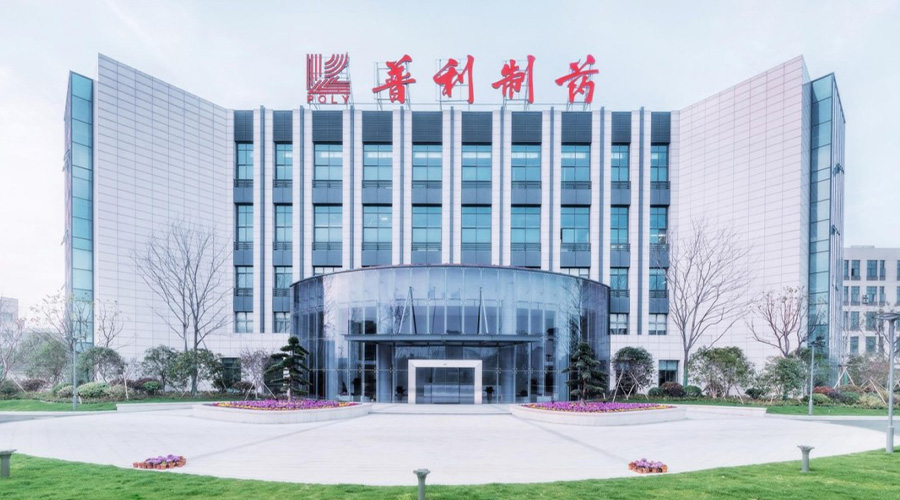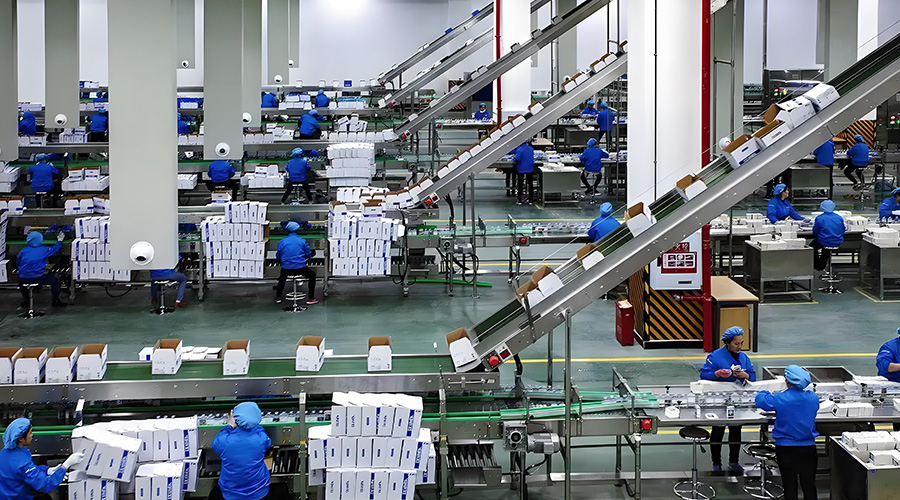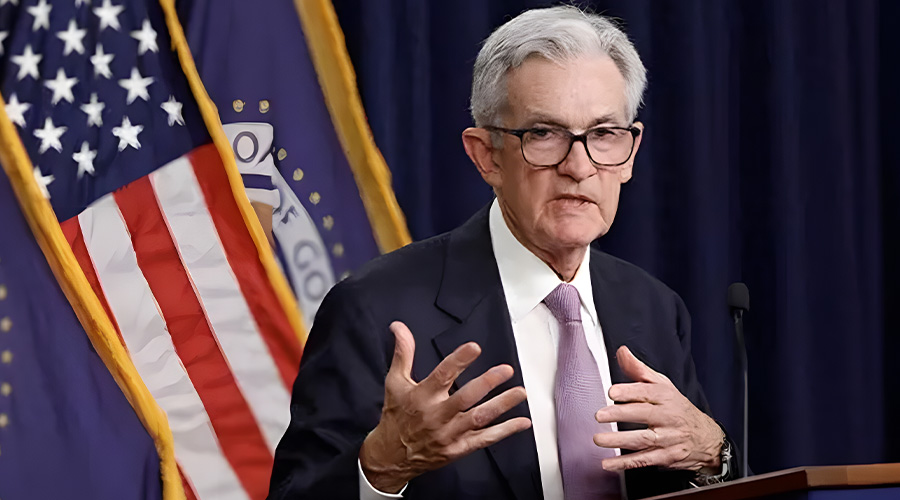Walmart requires suppliers to lower prices in order to alleviate the cost pressure caused by the increased tariffs
In March 2025, when Trump announced a 20% tariff on Chinese goods, the nerve endings of the global supply chain suddenly trembled – the American retail giant Walmart Inc(NYSE:WMT) issued an "ultimatum" to its Chinese suppliers overnight: either reduce prices by 10% to bear the full cost of the tariffs or be removed from the procurement list.
Walmart's confidence stemmed from historical experience: over the past two decades, Chinese suppliers had always acquiesced to the directive of "a 5% price reduction." But this time was different – the owner of a kitchenware factory in Guangdong sneered while pointing to the cost list: "Our gross profit margin on current orders is less than 3%. Another 10% reduction would mean subsidizing $2 for every pot sold. Are they forcing us to be philanthropists?"
The cost pressure brought about by the Trump administration's tariff increase
Leveraging its vast procurement scale gave Walmart strong bargaining power in the upstream chain. However, this price reduction demand to suppliers was not good news for either Walmart or its suppliers. According to reports, during negotiations, Walmart communicated and negotiated separately with each supplier, with different suppliers facing varying degrees of price reduction requirements. The pressure on suppliers from this price reduction was also unlike anything they had experienced before. Some suppliers stated that although Walmart had adjusted prices in the past, they had never faced such significant pressure to lower prices as they did now.
In recent years, as China's upstream suppliers have actively integrated into the global industrial chain, their products have moved beyond the "low quality, low price" phase. However, this price reduction controversy poses challenges to the profitability and product quality of many suppliers. With profits severely squeezed, some suppliers are considering adjusting their production strategies, such as sourcing products from other countries like Vietnam to reduce costs. However, this could also have negative effects – product quality may be impacted by changes in the supply chain.
Regarding Walmart's approach, some suppliers believe that under tariff pressure, while maintaining its pricing strategy, Walmart should also reasonably share the cost of tariffs instead of passing all the pressure onto suppliers. In Walmart's supply chain model, it adopts a combination of direct purchasing and global procurement, sourcing directly from factories, bypassing intermediaries, shortening the supply chain, and reducing procurement costs. At the same time, through its global procurement network, it imports goods from suppliers in other countries, leveraging global resources to obtain higher-quality, lower-priced products. Compared to other globalized enterprises, Walmart is better positioned to mitigate the impact of tariff adjustments because it can use its scale to drive down supplier prices.









Comments (0)